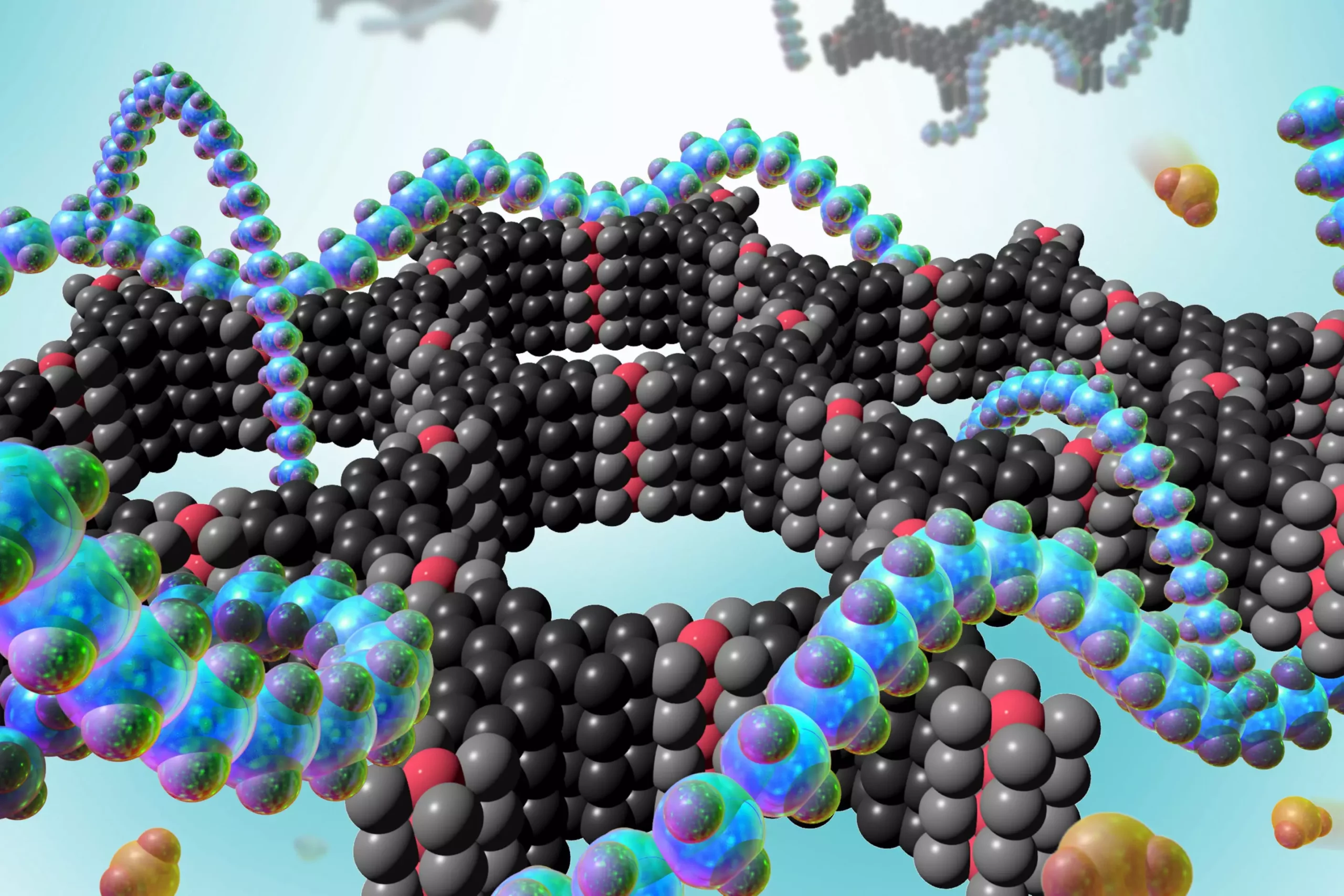Detection of toxic gases in industrial or domestic environments has been limited by systems that can only be used once or a few times. However, MIT researchers have recently introduced a new gas detector that promises continuous monitoring of gas presence at a low cost. This innovative system combines two existing technologies to offer a solution that overcomes the limitations of each individual technology.
The team at MIT utilized a metal-organic framework (MOF) known for its high sensitivity to trace gases, but with the downside of performance degradation over time. To counter this, they combined the MOF with a durable polymer material that is less sensitive but more resilient. By incorporating these two materials in a specific ratio, they were able to create a detector that maintains high sensitivity while also being reversible in detecting gases.
The newly developed material changes its electrical resistance when gas molecules are temporary trapped within it, allowing for continuous monitoring. This change in resistance can be easily tracked over time using an ohmmeter. The researchers were able to demonstrate the detector’s ability to detect nitrogen dioxide, a harmful gas produced by various combustion processes, in a controlled lab environment. Even after 100 cycles of detection, the material maintained consistent performance, showcasing its long-term viability.
The material’s compatibility with hand-held detectors or smoke-alarm type devices makes it highly practical for a range of applications. Additionally, its thin film form allows for easy deposition on surfaces like chimneys or exhaust pipes for continuous gas monitoring. The low material requirements and potential cost-effectiveness of production present a promising outlook for scaling up the technology for real-world use.
The breakthrough gas detection system developed by MIT researchers marks a significant advancement in the field of gas monitoring technology. By leveraging the unique properties of both MOF and polymer materials, the new detector offers high sensitivity, reversibility, and long-term performance, addressing key limitations of existing gas detection systems. With further research and real-world testing, this innovation has the potential to revolutionize the way toxic gases are monitored in various settings.



Leave a Reply